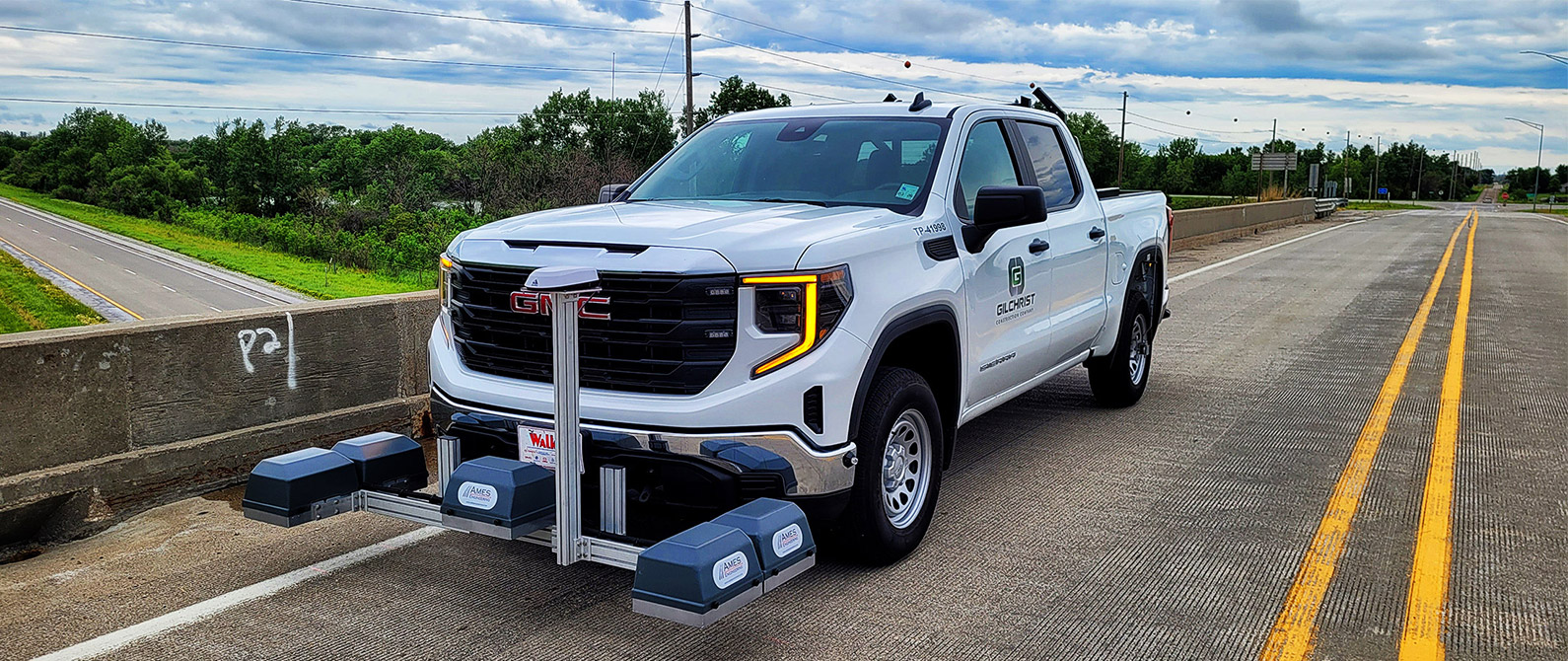Onsite Demonstrations and Consultation
Foremost in developing sensor technology for pavement measurements.
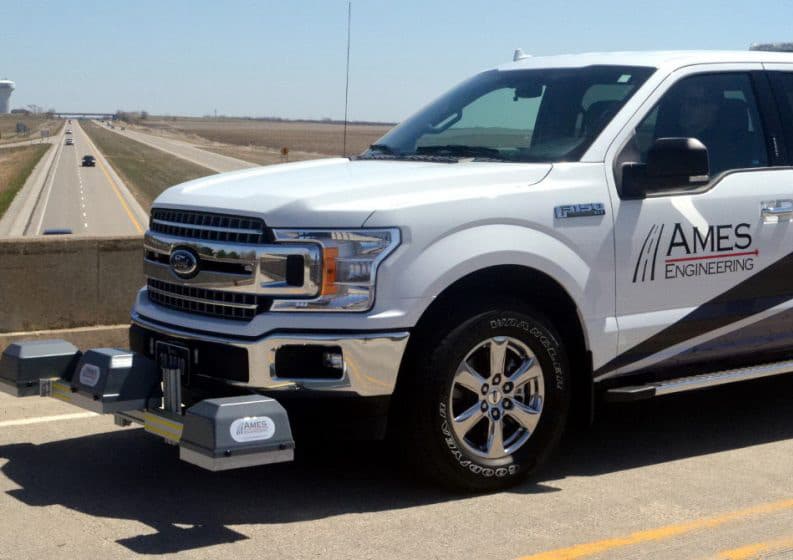
High Speed Inertial Profiler
Model 8300
New Product!

Stop and Go Inertial Road Profiler
Model 8300
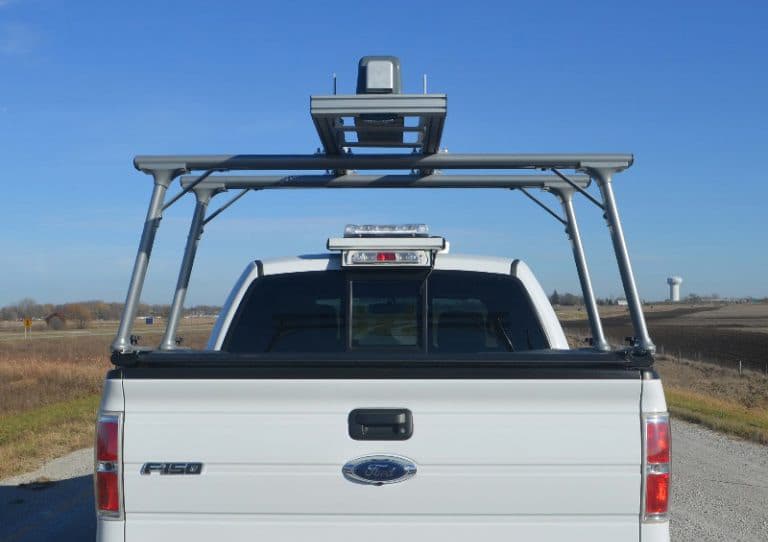
Transverse Imaging System
Rut Depth Measurement

Lightweight Inertial Profiler
Model 6300
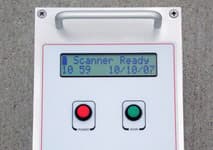
Laser Texture Scanner
Model 9400HD
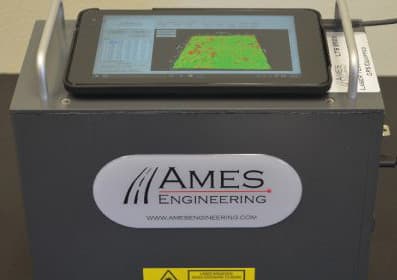
Rapid Texture Scanner
Model 9500

Real Time Profiler
Model 7200 RTP
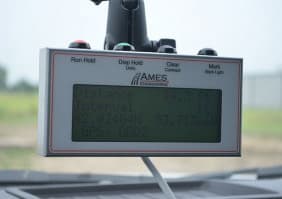
Pro GPS-DMI
Pro GPS-DMI Options
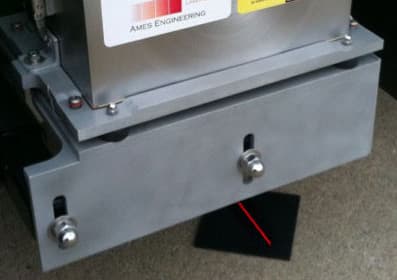
Concrete Line Laser
LMI 5K Gocator

AccuTexture 100
Acuity AR550

Software
Data Management

